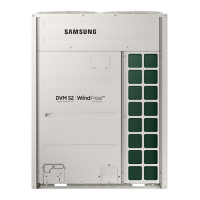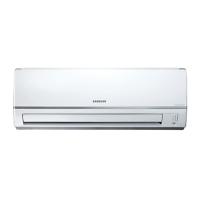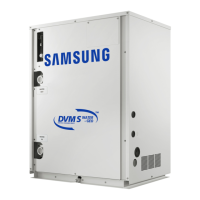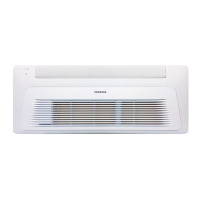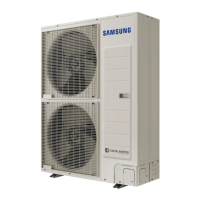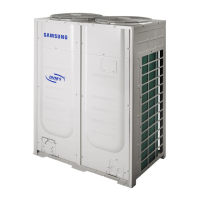What to do if my Samsung AM TNVD Air Conditioner is not working?
- Rrichard59Aug 20, 2025
If your Samsung Air Conditioner isn't working, here are a few things to check: * Ensure the power plug is properly connected to the wall socket. * Check if the circuit breaker has been switched off. * Verify there isn't a power failure in your area. * Inspect the fuse to make sure it hasn't blown out.





